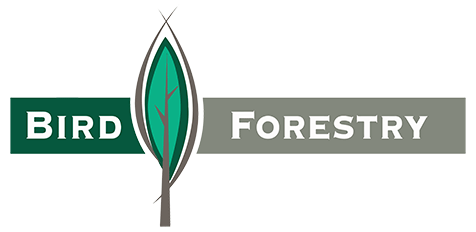
The southern pine beetle (SPB) is the most damaging threat to pine forests in the Eastern U.S., according to the USDA Forest Service. Damage by the pest impacts not only landowners and forest industry businesses, but also negatively affects our important ecological systems such as watersheds and wildlife habitat.
Research in recent years by the U.S. Forest Service and university researchers shows thinning and prescribed burning can effectively protect stands of southern pines from infestations by these aggressive tree-killing insects.
According to John Nowak, the Forest Service Forest Health Protection entomologist who coordinates the Southern Pine Beetle Prevention Program (SPBPP) with state forestry agencies, “It’s long been accepted that thinning is particularly effective in reducing the susceptibility of stands to southern pine beetle. Dense, overstocked stands are inherently stressed. Thinning not only improves forest health but also helps to limit the beetle’s expansion through a stand and the formation of hot spots.”
A recent article in the Louisiana Forestry Association publication “Forests and People” indicated an increased number of SPB were captured in Louisiana during the six-week survey period earlier this year. In Texas, recent communication with the Texas Forest Service indicated there was no SPB activity this year, but they were aware of the activity in Louisiana and would be trapping next spring.
Insect and pest control is just one of the many things we monitor for our clients in every landowner’s management plan. Following a sound forest management plan can improve the health of your timber stand, increase revenue and provide an added level of protection to your forest resource.
Contact Bird & Crawford Forestry for assistance with the management of your timber resources. We have been managing and marketing forest products for our clients for many years, and we understand the importance of your forestland assets. Let us help you reach your forest and land management goals.



